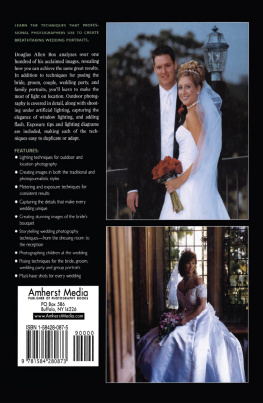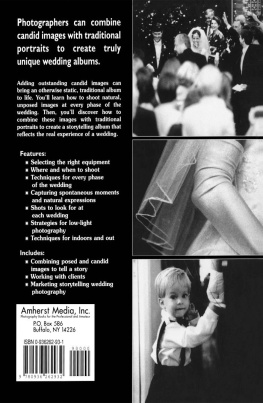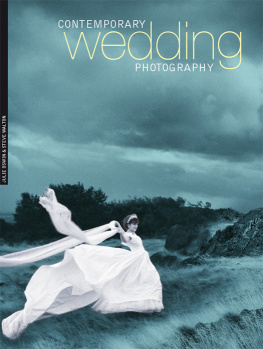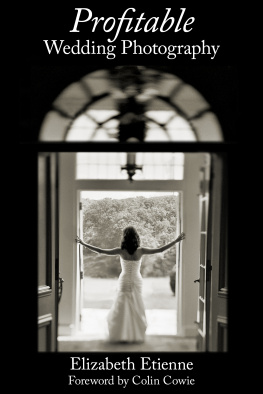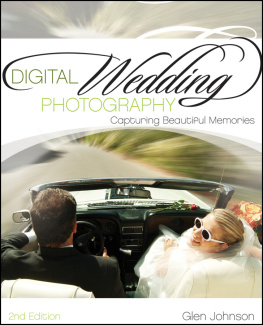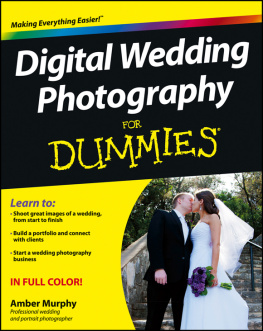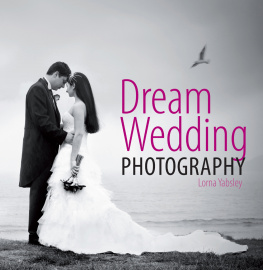Acknowledgments
JOSE VILLA
I would like to thank my partner, Joel Serrato, for his continued love and support.
Without him this would not have been possible.
My deepest gratitude goes to my family for supporting my passion for photography.
Thank you, also, to the best assistant in the world, my baby sister, Nancy, who has been with me since the very beginning.
Film, you make me so happy. Thank you to Fujifilm for making the best film in the world.
Also, thanks to Richard Photo Lab in Los Angeles for being the best photo lab ever. You always pull through, even under my craziest deadlines, and for that I am profoundly grateful.
JEFF KENT
Many thanks to the fine team at Amphoto Books. In particular, thanks to Julie Mazur for identifying and pulling this story out of us, and to Carrie Cantor for her tireless work shaping the final content.
My contributions to this work would not have been possible without the education and support I have received from the Professional Photographers of America and the excellent team at Professional Photographer magazine, especially Cameron Bishopp, Leslie Hunt, Joan Sherwood, Debbie Todd, Karisa Gilmer, and all of my past and present colleagues who have dedicated themselves to helping photographers succeed.
Of course, my sincerest appreciation goes to my wife, Kari, a wonderful partner, mother, and person, for patiently listening to all my gripes about this and every other project.
And to my inspiration, Little O, whose smile motivates me each and every day.
About the Authors
Jose Villa has been named one of the top ten wedding photographers in the world by American PHOTO, one of the hottest young photographers in todays wedding industry by Rangefinder, and among the most inspirational wedding photographers in todays industry by Photo District News. His images have been published in Martha Stewart Weddings, InStyle Weddings, Grace Ormonde Wedding Style, Brides, Cosmopolitan Bride, Vogue Bride, Town and Country Weddings, American Photo, PDN, Rangefinder, and many more. He can be found at www.josevilla.com.
Jeff Kent is the former managing editor of Professional Photographer and PEI>Photo Electronic Imaging magazines, and the current editor-at-large for PPA Publications. He has published more than 500 articles on professional photography in such magazines as Professional Photographer, American PHOTO Wedding and Portrait Guide, and Destination I Do. Jeff can be found at www.jeff-kent.com.
Conclusion
Cohesion. Consistency. Color. Quality. Think of these elements as the four Cs of fine art wedding photography (well, three Cs and a Q).
Prioritizing cohesion helps you create collections of imagery that flow well and hold strong artistic appeal from beginning to end. This is so important when dealing with artistically inclined clients. The Fine Art Approach grew from the idea of creating more cohesive image collections, not disparate piles of images that have no emotional, artistic, or thematic connection. Todays high-end wedding clients want the full package, which means telling their story from beginning to end, accentuating the wedding design, and tracing the artistic themes throughout. You make your clients look good when you place them in a beautiful story of their wedding. And when you make your clients look good, you look great.
Ive said it over and over in this book: Consistency is critical. Consistency in imagery. Consistency in service. Consistency in quality. Image color and lighting should be consistent. Your service should be superlative from first contact through final delivery. The quality of your products and final offerings should be universally impeccable. To truly provide a high-end, fine art experience, there can be no weak links.
Color, born from a very specific approach to light, defines the fine art look. In my shooting formula, pastel colors and warm, soft light define the imagery. Black-and-white shots punctuate the image collections, but color is what really draws in my clientele. My clients want light, airy images in which the color portrays a sense of carefree happiness. These colors, this implied emotional levity, go hand in hand with a wedding. Its the way people want to remember their big day. So help them. Put their story into an idealized setting, and apply color in a way that helps them recall their wedding in the best possible light.
Quality should run through everything. This almost goes without saying, but Ill say it anyway: If you want to deal with a high-end clientele, you need to deliver premium quality. Know your equipment. Know your exposures. Know how the images will reproduce. Delivering quality starts from the minute you start planning a wedding, continues through every careful exposure you make, and extends into your postevent service.
Remember, success in todays market is all about standing out in a good way. Its about distinguishing yourself from the legions of average photographers out there and carving a successful niche that will last for years. The Fine Art Approach is one path, one mind-set that can help you move your business in the direction you want it to go. The framework has been established. The philosophy is in place. What you do with it from there is up to you.
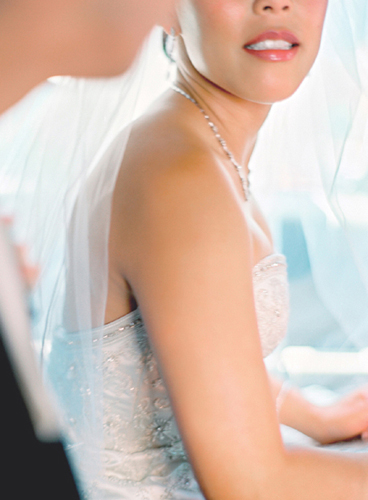
The bride and groom were in their getaway car, so I cropped in close to get her soft expression as she looked at her new husband. Exposing for shadow and working with my Aperture Priority set to f/2, I captured this moment before they sped away. Even though I work quickly in moments like these, I always keep in mind my critical shooting principles: cohesion, consistency, color, and quality. Contax 645, 80mm lens, ISO 200, f/2 at 1/30 sec. Fujicolor Pro 400H film rated at 200
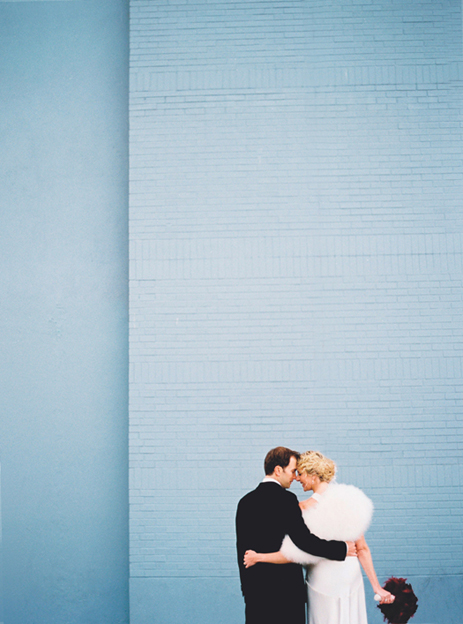
Light
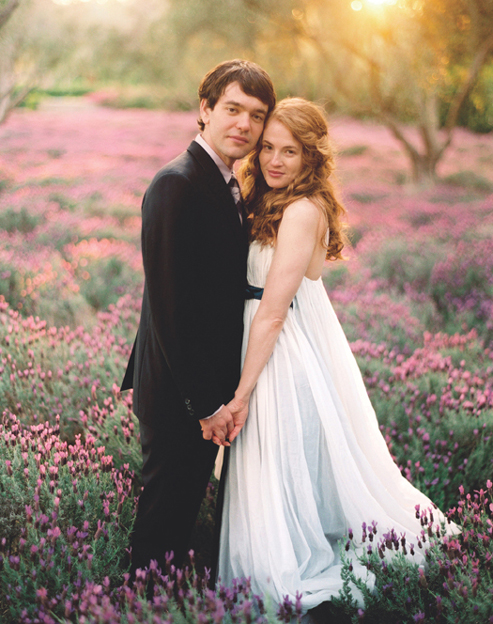
This image demonstrates my backlighting technique at midday. Working during the brightest part of the day, I placed the couple underneath a willow tree, where the long, leafy braches diffused the harsh overhead light and created some nice shade. Shooting with the sun behind the subjects, I exposed for the shadow on their faces. I let the sunlight fall on back of their heads and overexposed a stop so the light would wrap around and give off a soft glow. Canon EOS-1v, 1635mm lens, ISO 200, f/2.8 at 1/2000 sec., Fujicolor Pro 400H film rated at 200
For me, the lighting is keep it simple. You dont need to bring a ton of equipment to complicate things. And you definitely dont want to miss the shot because you are fiddling with your gear. Rather than manufacturing light for every situation, I bring my subjects to the good light and work more freely.
I search for four main types of light: window light, outdoor shade, backlight, and skylight. All of these are soft, warm sources of light. I avoid harsh, direct light whenever possible.
If I have to shoot outside in direct sunlight, Ill typically backlight my subjects, exposing for the shadow on their skin. That way, I take some of the sting out of the direct light and avoid color-shifting reflections from the grass, buildings, and other colorful reflectors. By exposing for the shadow, I also capture detail in my subjects faces without needing a reflector. Also, the lighter areas arent washed out because the light source is obstructed by the subjects. By using open apertures and longer shutter speeds, I turn that light source into a warm glow that appears to wrap around my subjects.


